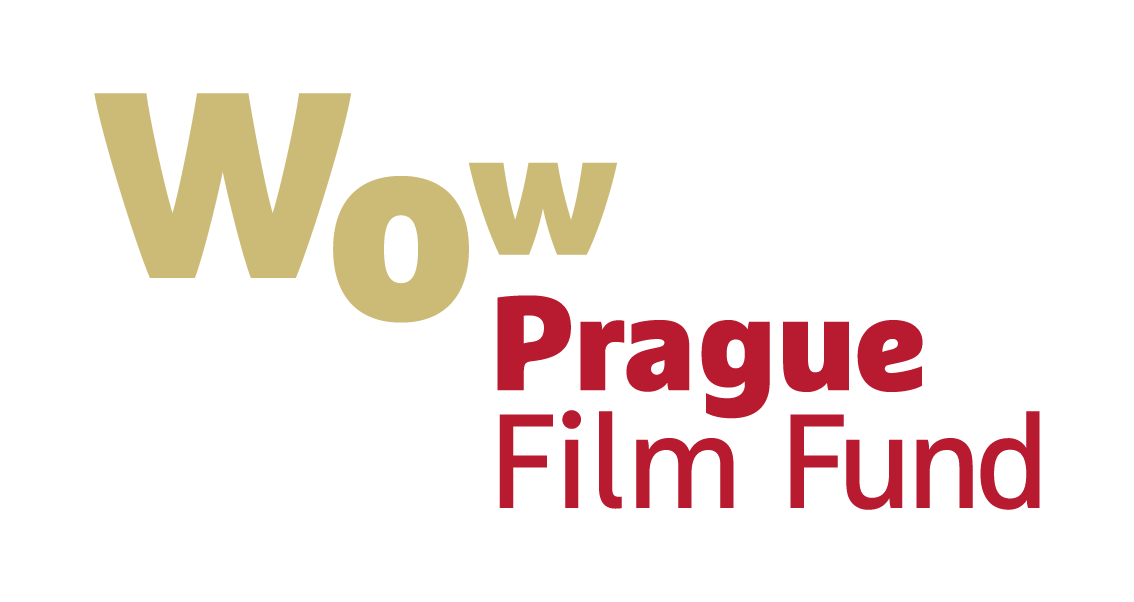The story of a search for inner strength and the art of balancing between Heaven and Earth
“I see the tightrope as a metaphor of the tree. I draw from below and grow towards the sky. I feel strength and connection. The rope is a small piece of land. I feel the present moment. I’m in it with my whole being…”
Tatiana-Mosio Bongonga
The opening show of the 2019 Letní Letná festival. Between Heaven and Earth high above Prague’s bridges, a French acrobat is walking. She is passing from one side of the Vltava to the other over a 350-meter tightrope. Her gait reflects absolute concentration and courage but also her faith and the attention of spectators standing on the ground with their heads tilted back in silent awe. This documentary allows the audience to watch this feat from the perspective of Tatiana standing on a rope 35 meters above the river.

The Skywalk above Prague
The camera follows Tatiana during the preparations and then as she mounts the tightrope and traverses an aerial abyss. Meanwhile, the audience embarks on another, less conspicuous journey: Tatiana’s personal story. We see the artist in her moments of confidence as well as hesitation just as on the tightrope. Several dozen meters above ground, she becomes a seemingly lone star but in fact, both visible and invisible ropes connect her with those who “have her back” – both in her work and in her life and who are among the protagonists of the documentary.
Jan Naets steps forward as the essential man behind the scenes who is responsible for the technical aspects of the show. There is also Rudy Omankowski, Tatiana’s key mentor from a Czech family of tightrope walkers. Their reunion is among the most powerful moments of this emotional story.
Tatiana-Mosio Bongonga’s breathtaking show vastly transcended the dimensions of a mere spectacle for an audience and the media. Her skywalk without a safety harness is a metaphor of a risky path to an uncertain goal, a journey between life and death, from a beginning to an end, between two extremities, maintaining a balance under constant tension.

Behind the Scenes of the Documentary
The Skywalk above Prague documentary is a project of the Letní Letná International Festival of Contemporary Circus and Theater. The 2019 edition of the festival opened with a unique show co-created by Cie Basinga and Cie Gratte Ciel. World-renowned tightrope walker Tatiana-Mosio Bongonga crossed a 350 meter (1148 ft) rope over the Vltava with no safety harness at 35 meters (115 ft) above the river.
During the demanding technical preparations, it turned out the realization would be an enormous challenge and an exciting experience for the whole team. It was so intriguing that the film crew decided to capture the entire process. Although the original intention was to make a short video from behind the scenes of the event, the themes and situations which the unique undertaking involved turned out so powerful that they inspired the creation of an attractive feature-length documentary.

The Characters
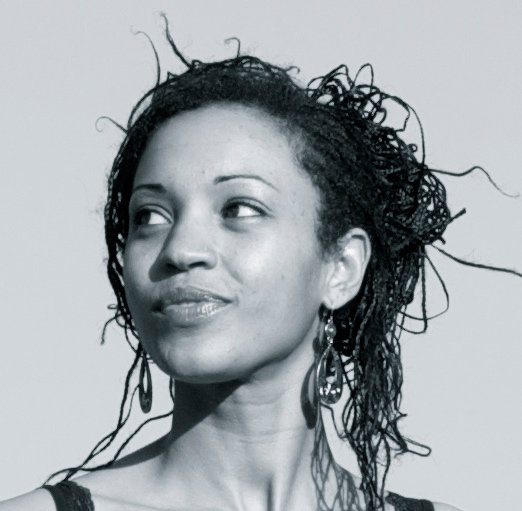
Tatiana-Mosio Bongonga
Tatiana started tightrope walking when she was eight. She trained at Académie Fratellini and Center National des Arts du Cirque in Châlons-en-Champagne both of which are prestigious contemporary-circus institutions. Her teachers included Rudy Omankowski from a traditional circus family with Czech roots. Today, Tatiana mostly cooperates with choreographer Anna Rodriguez. She participated in major events, such as the Pan-African Festival of Algiers or the World Circus Festival where she won a gold medal.

Rudy Omankowski
In 2015, director Robert Zemeckis made The Walk as a tribute to French tightrope walker Philippe Petit who committed “the artistic crime of the century” in 1974: he walked without a safety harness between the World Trade Center skyscrapers in New York City. Few people know that the man behind this feat was mentor Rudy Omankowski, the head of a Czech tightrope family. His son Rudy Omankowski jr., Tatitana’s mentor and an important figure of the history of tightrope walking, completed a 1.25 km (4,100 ft) tightrope walk between two mountains in Gérardmer, France, which still stands today as the longest tightrope walk ever without a safety harness.
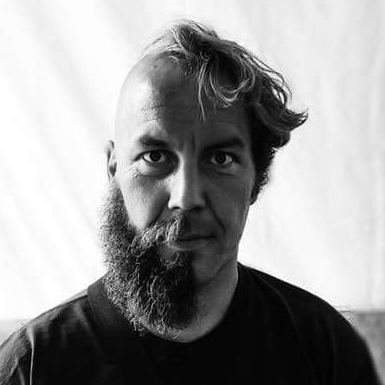
Jan Naets
The man behind the scenes. Jan Naets is the chief technician and a co-founder of Basinga. Jan was born in Wikju in 1976. While working for the Zomer van Antwerpen festival, he met Les Arts Sauts and became their general manager. Since then, Jan has established himself as one of the top professionals in his field. His role in the organization of events of this kind is absolutely essential.
An Interview with Tatiana-Mosio Bongonga
Why was this skywalk that special to you?
It was the longest tightrope walk of my career, I had never crossed a 350-meter (1,148 ft) tightrope before. It was also a dream come true. When I first performed at Letní Letná with another company 6 years ago, I thought it would be fantastic to come back and cross the river. Also, my mentor, famous tightrope walker Rudy Omankowski, was born in Prague, so crossing the Vltava was something I was really passionate about.
Rudy Omankowski even came to see the show in person. What was it like?
I remember calling him 5 days before the show and telling him that I was in Prague and what I was up to. It never occurred to me he could actually show up. But the organizers of the festival wasted no time and brought Rudy to Prague. It was an incredibly beautiful encounter. When I finished the walk, it was him who took the balance pole from me. It was a symbolic moment to me.
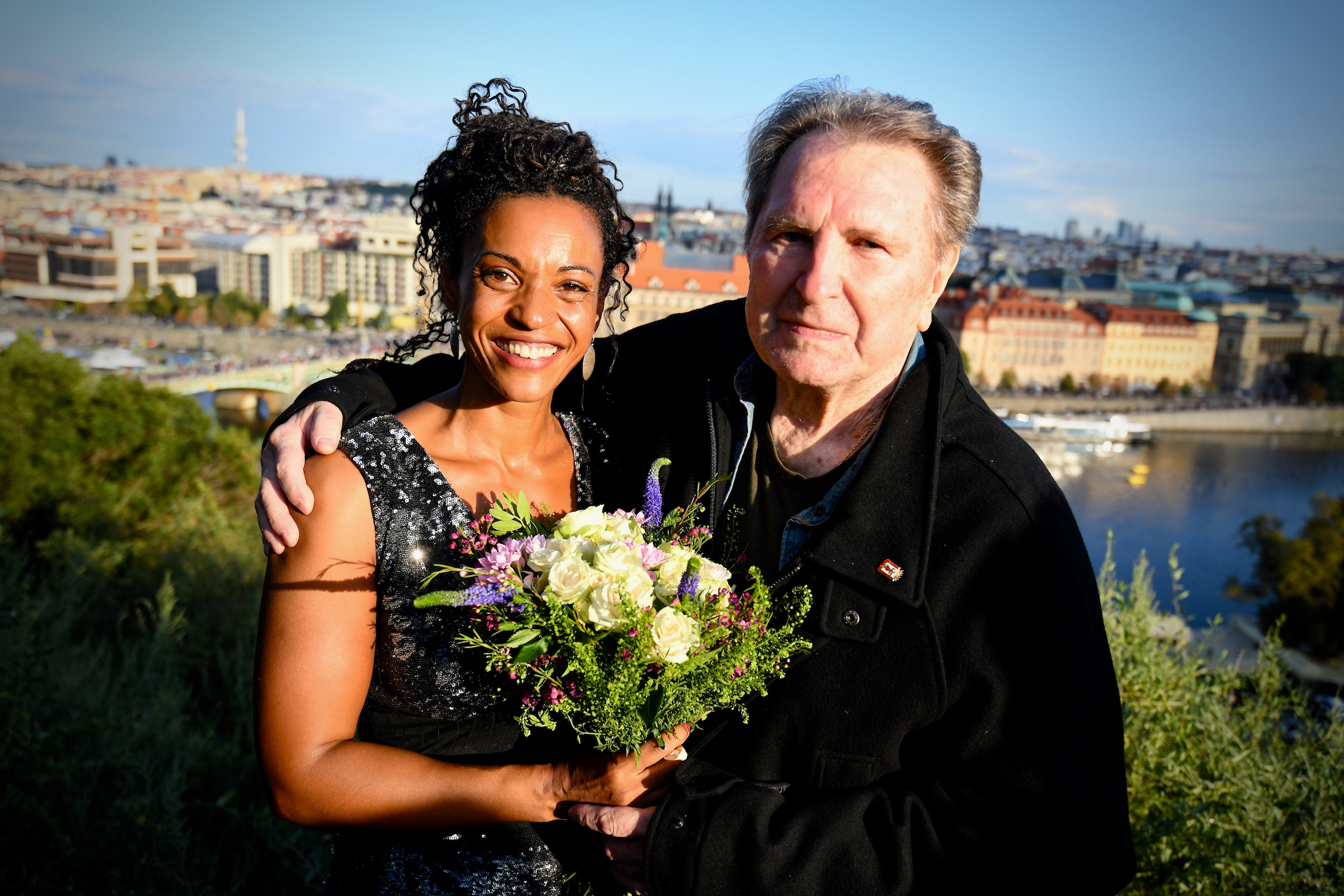
Read more →
You and the event received a lot of media attention. How did it feel?
I didn’t really let all that attention get to me. I don’t feel like a big star, so I didn’t mind the journalists asking me questions, even the same ones over and over again. And it all only took a week which was manageable.
What was it like to have the crew with you all the time? Weren’t they getting on your nerves?
The whole crew had this strange talent: when I needed it, they quietly disappeared. I was able to concentrate without paying attention to others. And when I concentrated on the performance, I often didn’t even notice, there was a camera and a mic nearby.
The Crew

Jiří Turek
Producer and director of the Letní Letná festival
More →
Jiří graduated from Prague University of Economics and Business and the Faculty of Arts, Charles University in Prague. In 2004, he founded the Letní Letná International Festival of Contemporary Circus and Theater of which he is the director. He was active in mime and movement theater and held director positions at the Branické theater in Prague and the Mimoriál international festival of nonverbal theater in Kolín.

Ivana Pěkná
Producer and manager of the Letní Letná festival
More →
For several years, Ivana worked in film distribution. She was an executive at Artcam and subsequently, at the SPI international distribution company. She worked on several Czech films as a distributor and a producer. In 2009, she accepted the offer of Jiří Turek, director of the Letní Letná festival, to become the executive manager of the event. Thanks to the Skywalk above Prague documentary, she has returned to cinema after working for the festival for 10 years.
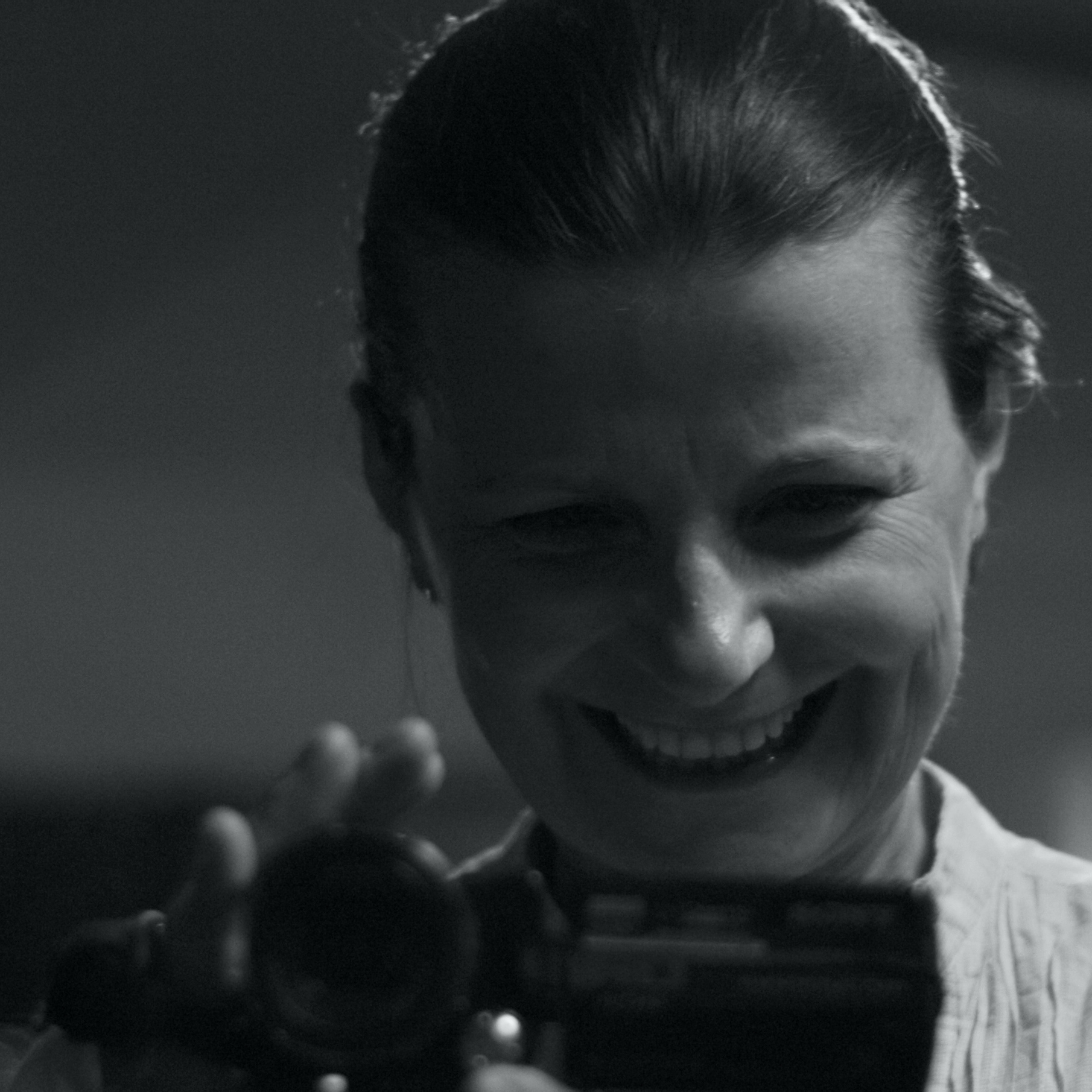
Zuzana Kopečková
Script supervisor
More →
Zuzana works as a script supervisor, writer and screenwriter. At Czech Television, she is tasked with the acquisition of European films. For several years, she represented the Czech Republic at the Eurimages international fund and was a member of the Council of the Czech Film Fund. In 2014, she was awarded the French Order of Arts and Letters. She wrote “one-minute dramas” for the Czech Radio, her Tlustá, tenká (Fat, thin) was nominated for the Alfréd Radok Prize. In 2018, her Strážce mýtů (Guardian of Myths) book was published. She is the author of screenplays for the films Sedmá struna (The Seventh String), Kohoutí rytíři (Rooster Knights), and M. a její příběh (M and Her Story).

Václav FlEgl
Co-director, sound engineer
More →
After graduation at the PORG high school, he simultaneously studied at the Department of Musicology of the School of Philosophy of Charles University and at the Department of Sound of FAMU, Prague. He gained further knowledge during a scholarship at Middlesex University in London (in Sound Design, Theory and Aesthetics of Sonic Art, and Sound and Image). To his theoretical background, Václav added practical experience as the sound engineer of numerous feature and documentary films. In 2008, he co-founded Sounderground where he has been exploring creative and innovative use of sound in films of various genres. In 2020, he was nominated for the Czech Lion for the Best Sound.
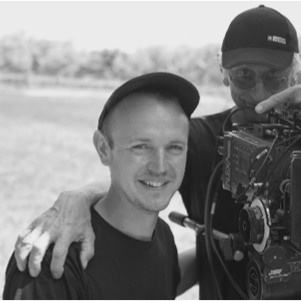
Adam Sejk
Photographer
More →
In 2006-2007, Adam studied film photography at the Písek Film Academy. Later, he started working for film production as assistant photographer and camera operator. In 2010, he shot an original documentary called Najdorf about the expulsion of Germans from the Czech borderlands after World War II. As director of photography, he worked on a number of projects by Czech Television, TV Prima and TV Nova. He is currently finishing his feature-length directing debut, the Plná 6 (Full 6) documentary on motorcycle racer Kamil Holán.
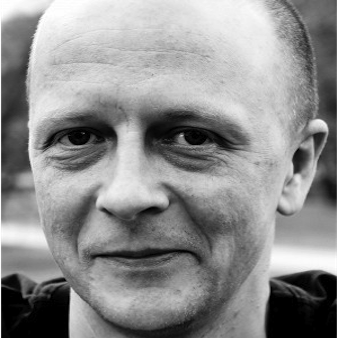
Jakub Voves
Co-director, editor
More →
Graduated as a geology major at the Faculty of Natural Sciences of Charles University and as an editor at FAMU, Prague. During his studies, he won two awards for best editing (ELFilm directed by Jakub Sommer and Obec B. (Village B.) directed by Filip Remunda). Early in his career, Jakub mostly worked on music shows. Since he became a freelancer in 1999, he has edited over a hundred documentaries and several feature, mostly TV films. Since 2015 he has been post-producing audiovisual works under the brand of his Never Lost Film company.
An Interview with Co-director Václav Flegl
Where did the idea to make a feature-length documentary about the tightrope walk over the Vltava come from?
It all started with a phone call from Ivana Pěkná, manager of the fantastic Letní Letná Festival of Contemporary Circus and Theater. She approached me if I could make a short film documenting the event including its demanding preparations. As she was describing the event to me, I found it incredibly intriguing. And then a story started unfolding which was so cinematic that we decided to capture it and produce it as a quality feature-length documentary.

What attracted you as a filmmaker to this project?
From the very first moment, I felt the project of a tightrope walk over the Vltava had a lot of cinematic potential, which was why I wanted to do it. The Letní Letná organizers offered several key film ingredients: first of all, attractive images. In a beautiful Prague scenery, between Heaven and Earth, we’re watching an extraordinary and visually unique event. Add the sound, the specific, original music, which harmonically interacts with the performance. Plus, the event involves an incredibly strong tension which is an important cinematic building element.
However, there was one important thing I wasn’t sure of in advance: how the protagonists would react. If they would be natural in front of the camera, if we’d be able to follow them, if they wouldn’t be bothered by our presence, if they’d tell us anything interesting. It turned out there was no reason to worry, because our protagonists were incredibly charismatic, smart and wise people and it was a joy to shoot with them and actually, to just be around them.
Read more →
How did you film the actual tightrope walk over the Vltava?
What really helped us was that we documented the whole preparation process, so we knew in detail what the event would involve. For the performance, we had five of our own camera, three sound recorders, plus the footage from the live stream of Czech Radio. The main camera and a sound engineer were following Tatiana backstage before the show, her preparation, her stepping on the tightrope, and then they followed Jan, the head technician, to the top of the Letná hill. An assistant photographer was watching the Czech Radio live stream, reactions of the audience, and filming long shots from a bridge. The third camera with a sound technician was shooting the band and the events at the end of the tightrope. The fourth camera was also at the end of the tightrope and took large closeups of Tatiana, so that we could see her face.
We also used a fifth, drone camera and a complete multi-track sound recording from the band’s digital mixing console. All these recordings were synchronized, so that we could combine them into a single timeline and help my excellent editor and co-director Jakub Voves with his work in the editing room.
What was the most powerful moment for you during the shooting?
Tatiana’s reunion with Rudy Omankowski was very emotional. You could tell how happy they were to see each other again. And of course, the actual crossing of the Vltava was unforgettable.
The documentary has several plot lines. Could you introduce them to the audience?
Obviously, the film is framed by the central event, the thrilling and extraordinary undertaking of Tatiana crossing the Vltava at great height without any safety measures. Several tens of thousands of people watched it. Naturally, from a considerable distance. In our film, however, we get close to Tatiana and get to know her. We also find all the things that such an exceptional event involves, how the installation of the equipment is prepared and carried out, who all the people behind the scenes are. Most of all, the coordination of a large number of people – organizers, technicians, artists – is paramount.
The film also features a powerful story line of Tatiana’s mentor with Czech roots which helps to introduce the historical and regional context of the event. On the most general level as a sound technician, I’d compare this film to an amplifier which amplifies the powerful human message of Letní Letná. Skywalk above Prague is a film about culture, art, cooperation and friendship – it’s about positive human values.
An Interview with Co-director Jakub Voves
What did you find important to capture in the film?
The project started with the wish of the organizers of the Letní Letná festival to document a unique event – a tightrope walker crossing the Vltava, which opened the 16th edition of the festival. We ended up expanding the shooting which was eventually led especially by my co-director and sound technician Václav Flegl to the technical preparations of the show. This phase was very interesting on its own and it was the task of the congenial French team of Gratte Ciel. We also shot interviews with Jan Naets, the head technician, and most of all, with Tatiana-Mosio Bongonga, the tightrope walker. We also managed to film a very nice situation with famous, now 80-years-old, tightrope walker Rudy Omankowski who has Czech roots and who used to be Tatiana’s teacher in France. To me, the scenes featuring him with his former student are among the highlights of the documentary.

Read more →
What do you see as the message of the documentary?
The message can be different for different spectators. I actually think this should be the case with any good film. To me, a very significant motif of the Skywalk above Prague documentary is the happiness of finding what fulfills you in life, your personal cornerstone. It may seem paradoxical that this corner stone can take the form of a thin, shaking rope several dozen meters above the ground.
What was the most powerful moment of the whole shooting for you?
What I found very powerful was when Tatiana was describing the moment when she realized that she belonged on the tightrope, that she could be happy there. She was moved as she was saying it, you could hear it in her voice and see it in her eyes. And I was moved as well and at that moment, I realized that we could make a movie from the material we had, not just a video of an acrobatic show, regardless of how exceptional the tightrope walk over the Vltava was, but a film with a more general and profound message. And that I could rediscover my own place by making this film.
How did you do the final edit? Did you run into any obstacles in the editing room or was it unexpectedly easy? How many hours of raw footage did you have to process?
The actual editing starts by sorting and describing the footage in detail, all the individual shots, situations and statements. Already at this stage, the material is sorted into “trash”, usable, good and excellent shots. Often, I start with many hours of raw footage and I have no idea how to turn this “shapeless heap” into something comprehensible to the audience, something that’s interesting to watch and actually has a deeper meaning. This is the most difficult phase during which I watch, listen, catalog and throw away bits of material. And I’m searching. I’m searching for something that will make me feel excited and say: “Yes, this is what I want the audience to feel!”
When working on Skywalk above Prague, one of these moments was what I described in my answer to the previous question. After that, all you need to do is find a way to use the given material to evoke the same emotion in the audience. But this is the easier part, because at this point, you’ve already found the key.
References
Projection
On Netflix from February 1st
Past projection
Biennale Internationale Des Arts Du Cirque February 12th 21:00
23. Festival Du Film Francais
Download
Photo: František Ortmann/Letní Letná
Technical parameters: DCP – 2K (1998×1080), audio PCM stereo
Subtitles: czech, english, french
Contact
Produced by
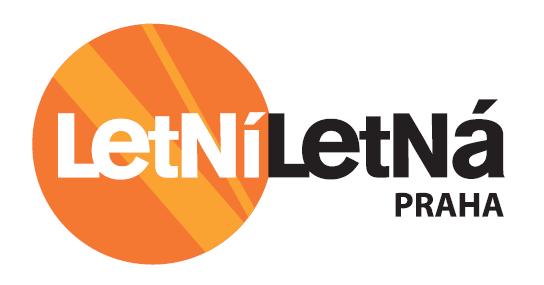

Co-producers
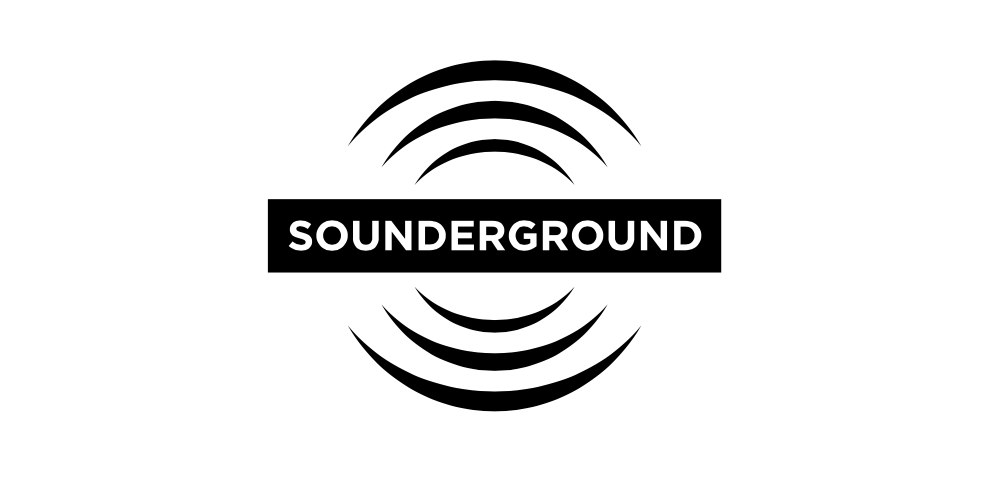

Silvia Učňová Kapustová – SisaArt
Thanks to all our partners
